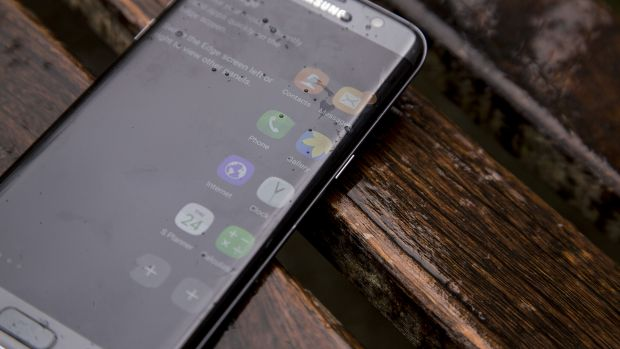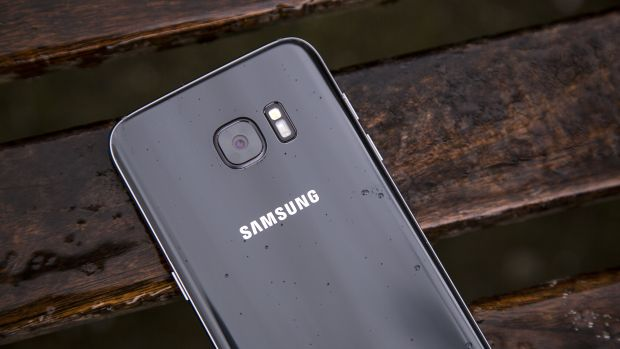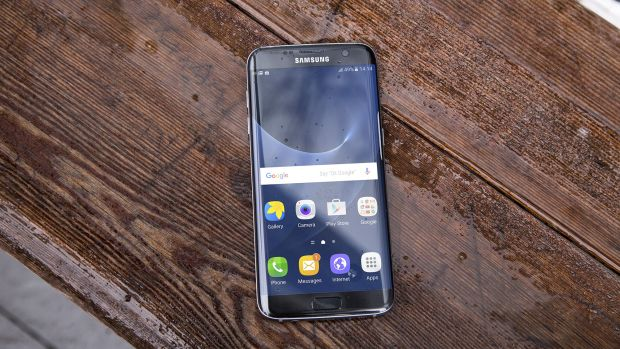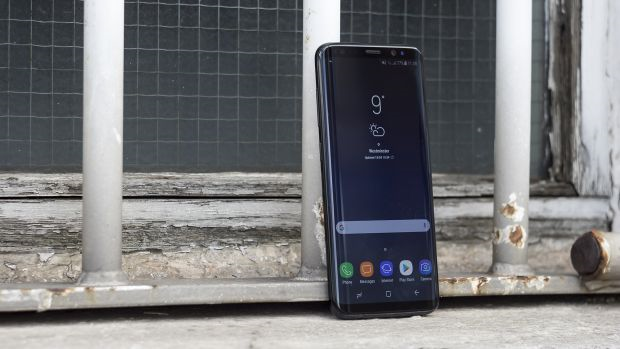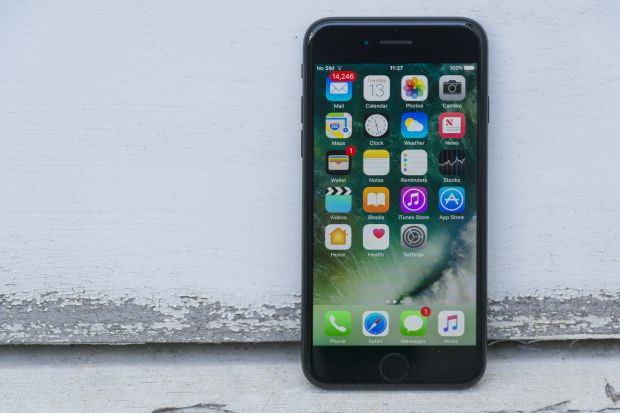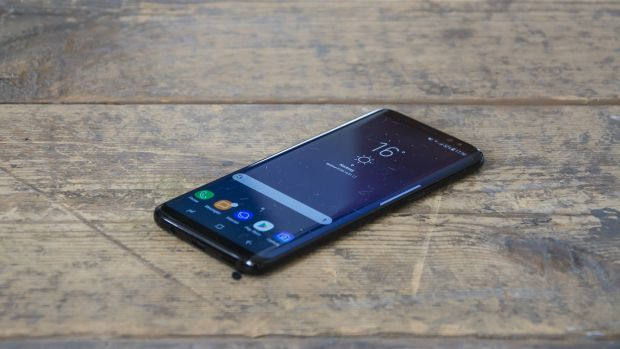Samsung Galaxy S9 review
Perfect camera. Perfect size. Samsung's Galaxy S9 (mostly) nails the big stuff
·
Excellent
display
·
Great 5.8-inch
size
·
Good speakers
·
Strong
performance
·
Stunning
low-light camera
LOWS
·
Battery life is lower than competition
·
Slow Android
updates
·
Camera not as versatile as S9 Plus
We’re genuinely impressed at
the low-light achievements here with Samsung’s “reimagined” camera, and the
Super Slow Motion addition is genuinely fun. We do still think the Galaxy S9
Plus’ second camera is worth the extra money, though. We kept trying to use the
S9-exclusive 2x optical zoom on the regular S9, only because taking detailed
photos of objects further away makes the camera so versatile. Live Focus is
also a handy and fun feature to have, and the “Selective Focus” software
version feature on the S9 doesn’t compare.
If those two latter features
aren’t important to you, then you’ll still be overjoyed with the Galaxy S9’s
camera.
Customizable software, but you
can’t erase Bixby
The Galaxy S9 runs Android 8.0 Oreo, but it’s layered with the Samsung
Experience 9.0 user interface. The software looks far better than Samsung’s old
TouchWiz UI, and there’s plenty of customization options to personalize your
S9.
Samsung has taken its sweet
time to update its devices to the latest version of Android.
For example, you can change
the exact color of the clock on the lock screen, not to mention choosing a
clock design from a variety of options. The sheer amount of customization
options are great, and they don’t feel overwhelming. Most people won’t touch a
lot of these settings, but we’re happy to know they are there.
With all this customization,
however, you would think Samsung would let people remap the Bixby button. Bixby
is Samsung’s artificially intelligent assistant first introduced in the Galaxy
S8. It’s meant to be an easy way to perform traditional touch functions on your
phone with your voice. It can be handy sometimes, but we’ve generally found the
experience to be slower and not as reliable as Google Assistant, which you can
access by pressing and holding the home button. Sliding the home screen to the
right to open Bixby Home is sluggish, and there never really seems to be any
useful information here.
There are a few new additions
to Bixby Vision — the camera part of Bixby — including Makeup, Food, and
improved instant language translation. The latter two are wonky, and never
completely reliable, but we’ve found Makeup to be fun and useful. It leverages technology
from a company called ModiFace, and it lets you layer makeup
products over your face. If you like the way a product looks on your face, tap
the link and you can purchase it from the website. Right now, Makeup has
Sephora products, but Samsung said to expect more, like Cover Girl, soon.
While Bixby can be annoying,
the biggest disappointment in terms of software is updates. It’s why the Pixel 2 XL remains our top Android phone, because
version and security updates are important to us, and Samsung has taken its
sweet time to update its devices to the latest version of Android. Android 8.0 Oreocame out back in August 2017, and the
Galaxy S8 and S8 Plus are still on a beta. With Android P’s first developer
preview now available, don’t expect to have it on the S9 or S9 Plus
until early 2019. If you care about fast software updates, get a Google Pixel.
Daylong battery life
If you’re a power user, don’t
expect to get through a day without charging up the Galaxy S9. After using it
heavily for watching YouTube videos, taking photos, playing video games, and
browsing the web, we reached 7 percent by 6 p.m. That’s not good at all, and
you can easily find better battery life with the competition, especially
the Huawei Mate 10 Pro.
If you don’t use the phone as
much, you’ll obviously see better battery life. You can also head to the device
manager settings to optimize the battery and get as much time out of it as
possible. On a light day of use, we managed 38 percent by 5 p.m., starting with
a full charge at 7:30 a.m.
The phone supports fast
wireless and wired charging, so you have plenty of ways to charge it back to
full strength quickly.
Price, availability, and
warranty information
The Galaxy S9 costs $720 from
Samsung, or you can purchase it on a monthly payment plan. You can also buy it
through carriers and other retailers, and you can check out our buying guide for more details and deals.
Samsung offers a one-year
limited warranty that protects the phone from manufacturing defects. You can
purchase Samsung Premium Care for an extended warranty, as well
as other features.
OUR TAKE
The Galaxy S9 is a comfortable
and compact phone that offers a fantastic camera and great performance, but is
it one of the best smartphones on the market?We do think the S9
Plus is worth it for the second, versatile camera, but the S9’s perfect size
makes it hard to ignore.
Is there a better alternative?
Maybe. The Google Pixel 2 is another small phone with fluid
performance and an excellent camera, and you get fast Android version and
security updates. The problem is that it doesn’t feature a bezel-less design,
so it looks quite dated.
If you don’t care about
operating system, there’s always the iPhone X, which is
smaller than the iPhone 8 Plus, or the iPhone 8. Both are excellent phones with similar strengths
as the Google Pixel 2, and the iPhone X has that contemporary, stylish look you
want. Check out our best small phones guide for more.
How long will it last?
Expect the Galaxy S9 to last
you three or more years. It’s IP68 water- and dust-resistant, so it will
survive dips in the pool, but it’s covered in glass, so you might want to
protect it with a case. Samsung issues software updates for two years, so you
will start to see performance dips by then, especially since the battery will
start to depreciate.
Should you buy it?
Yes. If you don’t care about
the extra camera on the Galaxy S9 Plus, the Galaxy S9 is an excellent device
with a stellar camera, great performance, and brilliant hardware.
from:digitaltrends




